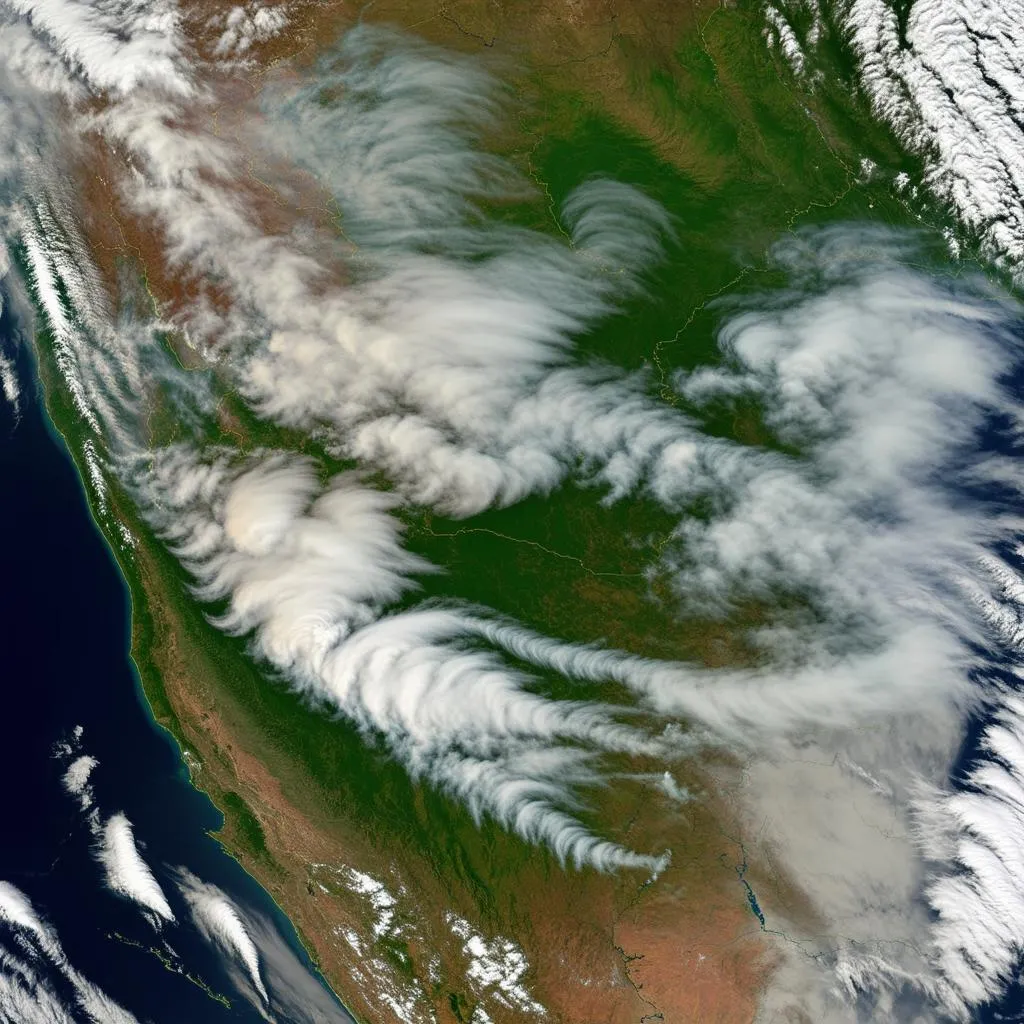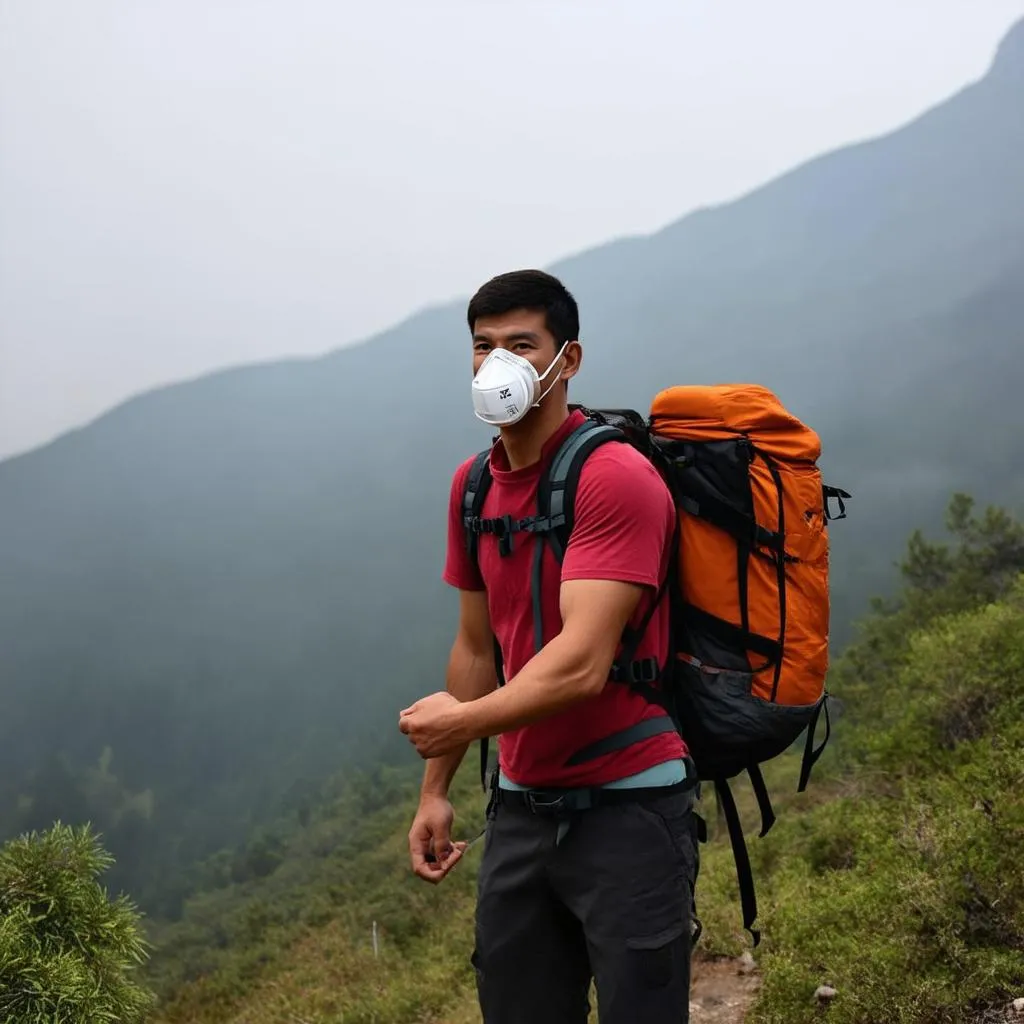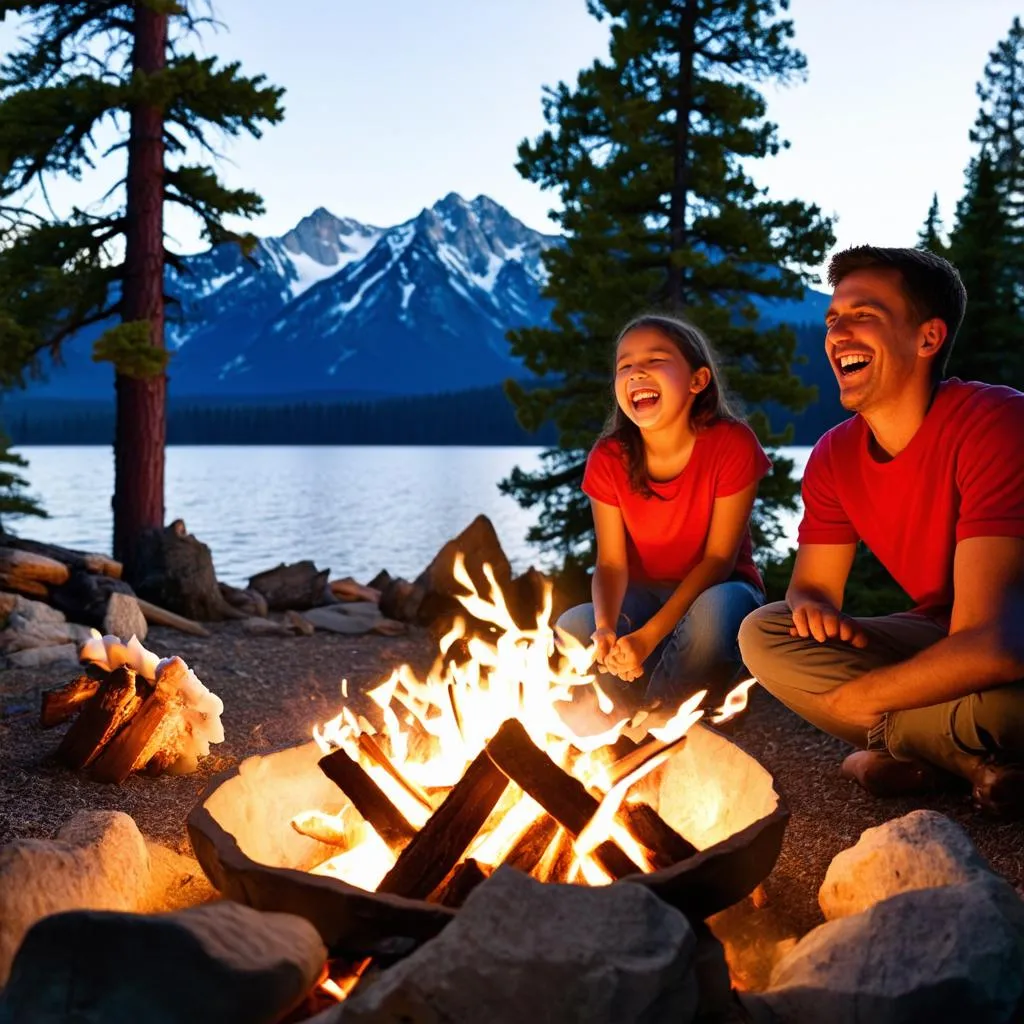Have you ever been miles away from a wildfire, only to find yourself waking up to the smell of smoke? It might seem unbelievable, but wildfire smoke can travel incredible distances, impacting air quality and visibility far beyond the immediate blaze. I remember visiting Yosemite National Park a few years ago, and while there were no fires nearby, the air was thick with a hazy smoke, obscuring the iconic Half Dome peak. It was a stark reminder of the far-reaching effects of wildfires. So, how far does wildfire smoke actually travel? Let’s dive into the science behind it.
Understanding the Journey of Wildfire Smoke
The distance wildfire smoke travels depends on a few key factors:
The Intensity of the Fire
Larger, hotter fires naturally produce more smoke. These intense fires create powerful updrafts, launching smoke plumes high into the atmosphere. Think of it like a volcano erupting; the more powerful the eruption, the further the ash will spread.
Wind Patterns
Wind acts as the primary vehicle for smoke transport. Prevailing winds can carry smoke hundreds, even thousands of miles away from its source. The higher the smoke plume rises, the stronger the winds it encounters, often resulting in long-distance travel.
Atmospheric Conditions
Stable atmospheric conditions can trap smoke near the ground, leading to localized poor air quality. However, unstable air can lift the smoke to higher altitudes, where it can be swept away by jet streams, traveling across continents.
A Global Traveler: Smoke’s Extensive Reach
Wildfire smoke is not just a local concern. Smoke from wildfires in Canada has been known to affect air quality as far away as Europe. In 2020, smoke from the devastating Australian bushfires traveled around the globe, impacting air quality in South America and even causing a hazy sunrise in Antarctica.
 Wildfire smoke from space
Wildfire smoke from space
The Impact on Travel Plans
Wildfire smoke can significantly impact travel plans, especially for those venturing into the great outdoors. It’s essential to:
Check Air Quality Forecasts
Websites and apps like AirNow provide real-time air quality information, crucial for planning outdoor activities.
Be Prepared to Adjust Your Itinerary
If you’re traveling to an area affected by wildfire smoke, be ready to modify your plans. Consider alternative destinations or indoor activities.
Pack Accordingly
Bring along a good quality mask (N95 or KN95) to protect yourself from harmful particles in the smoke.
FAQs: Burning Questions About Wildfire Smoke and Travel
How can I find out if wildfire smoke will affect my travel destination?
Websites like AirNow and the National Weather Service provide up-to-date information on air quality and wildfire activity.
What are some ways to protect myself from wildfire smoke while traveling?
Stay indoors as much as possible, especially if you have respiratory issues. When outdoors, wear a mask and avoid strenuous activities.
Can wildfire smoke affect flights?
Yes, wildfire smoke can reduce visibility, potentially leading to flight delays or cancellations. It’s always a good idea to check with your airline for updates.
 Hiker with mask in smoky mountains
Hiker with mask in smoky mountains
Navigating the Unpredictable: Tips for Travelers
“In the world of travel,” says renowned travel expert, Dr. Sarah Chen, author of “The Mindful Traveler,” “flexibility is key, especially when dealing with natural phenomena like wildfires. Planning ahead and staying informed are your best tools for a safe and enjoyable journey.”
Embrace the Unexpected: Sometimes, the most memorable travel experiences arise from unexpected detours. Wildfire smoke might force you to explore a different trail, discover a charming local café, or simply relax and appreciate the beauty of adaptability.
Seek Out Local Knowledge: Locals are often the best source of information on navigating wildfire season. Don’t hesitate to ask for their advice on alternative routes, smoke-free spots, and hidden gems in the area.
Travel with Awareness: Wildfires are a natural part of many ecosystems, playing a crucial role in forest regeneration. By staying informed and respecting fire safety guidelines, we can minimize our impact and help protect these precious landscapes for generations to come.
Discover More: For more travel tips and insights, be sure to explore other informative articles on TRAVELCAR.edu.vn, your guide to navigating the world safely and responsibly.
 Family camping trip near Lake Tahoe
Family camping trip near Lake Tahoe
Remember, a little preparation and a flexible mindset can go a long way in ensuring a smooth and enjoyable travel experience, even amidst the unpredictability of wildfire season.
